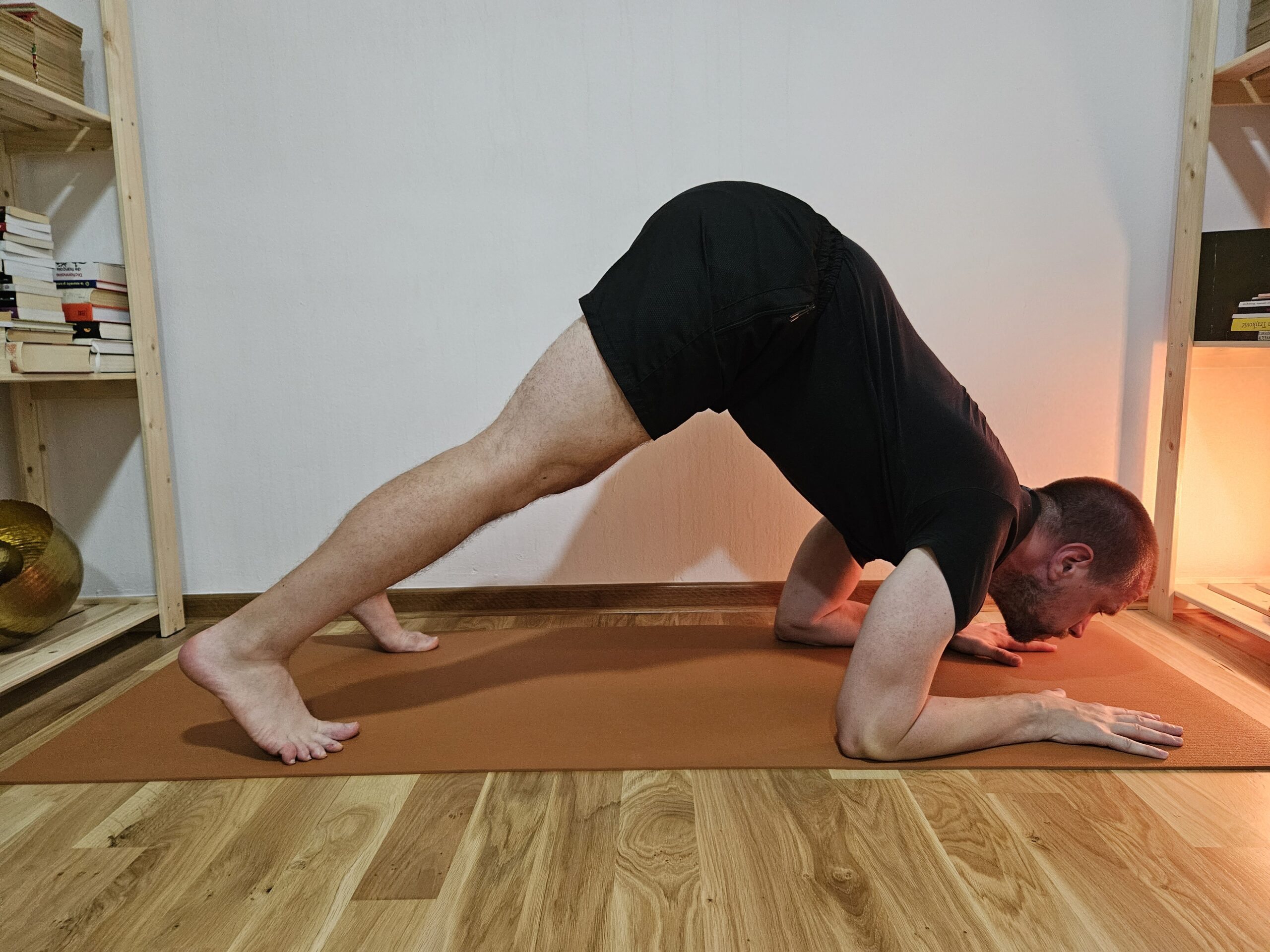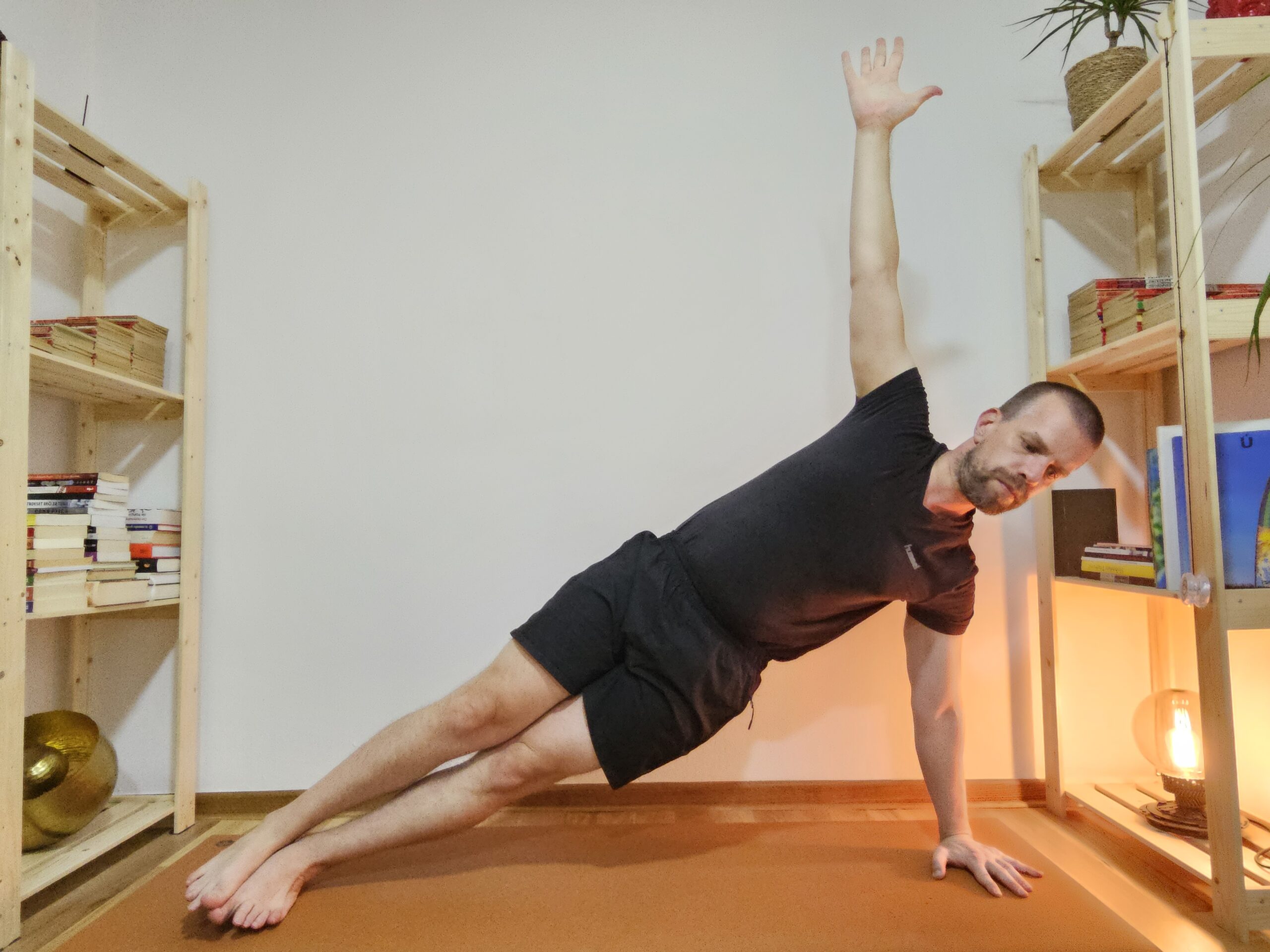In addition to being a yoga teacher, I am also a personal fitness trainer. That’s why I’m very aware of how much most people don’t like to do exercises and poses that involve strengthening the abdominal muscles.
Why is it so?
The reason is very simple: most people in their lives want to achieve most of the set goals in a relatively short period of time. Such a matrix of behavior is reflected in the way that most people exercise.
Unfortunately, this is not the case with the stomach muscles, especially if there is no change in diet in addition to exercise.
It is precisely because of all these alleged sacrifices that most people never get serious about shaping their abs.
The beauty of yoga is that the asanas that concern the stomach muscles can be incorporated in a very simple and easy way into meaningful yoga sequences which, among other things, also aim to strengthen the stomach muscles.
In this article, you will find out exactly which asanas and movements you can include in your daily yoga practice if you want to strengthen your stomach muscles.
PRACTICE
Before we dive into the asanas and movements themselves, I would like to draw your attention to one fact.
Please stop thinking that if your stomach muscles don’t hurt during the asanas and movements, you don’t activate them at all. That is far from the truth.
Be assured that you are developing and strengthening your abdominal muscles when you exercise, even if you do not feel any pain. Pain should never be a measure of how well or poorly you are exercising; remember that.
It is normal for your stomach muscles to relax and contract during asanas and movements. However, pain should not be an indicator that you are on the right track. It is usually the opposite.
The first asana that is great for strengthening your abdominal muscles is the Boat pose (Navasana).

Since this asana has several variations, you can practice any of them. But your stomach muscles will develop faster if you practice the most demanding variation.
This variation involves your legs being fully extended upwards and you placing your clasped hands behind your head, opening your elbows as far as possible to the sides.
Try to stay in this pose for ten inhalations and exhalations. Your gaze can be directed at the tip of your nose or to your toes.
The next asana is the dolphin pose. This asana, in addition to being great for your shoulders, is also perfect for your stomach muscles.
Try to stay in the pose for ten inhalations and exhalations. Your gaze can be directed at the tip of your nose.
The next exercise involves moving while in the dolphin pose.
After entering the dolphin pose with an inhale, move your upper body forward as far as you can.

With an exhalation, return to the starting position. Try to do between five and ten repetitions.
The next exercise also involves a downward-facing dog movement.
After entering the downward-facing dog, move your right knee towards your left elbow; if you can make knee and elbow contact. Your arms are extended the entire time. In the final position, your shoulders are in front of your wrists.

Do the movement alternately for each elbow and knee. Try to do ten repetitions each.
You can inhale when you go forward and exhale when you return to the starting position.
The next asana that you can practice to strengthen your abdominal muscles is the Side Plank pose.

Try to stay in the pose for ten inhalations and exhalations. Your gaze should be directed at the tip of your nose.
If you want to add movement to this asana, you can try to bend your upper leg at your knee. With an inhale, you can bend your leg at your knee and try to pull it as close to your body as possible. With an exhale, return it to the starting position. Repeat up to ten times.
The last asana that I recommend for your regular yoga practice to strengthen your abdominal muscles is the One-Legged Bridge pose (Eka Pada Setu Bandha Sarvangasana).
This asana is great for strengthening your lower abdominal muscles.
When practicing this asana, if necessary, place a blanket under your shoulders to protect your neck.
Get into a bridge pose and inhale as you lift your right leg up. The sole of the raised leg should be in the same level with the yoga mat. Try to stay in this pose for ten inhales and exhales.

Repeat with your left leg.
You can also practice this asana as a dynamic one. In this case, you lift your leg up with an inhale and you lower it to the yoga mat with an exhale. Repeat between five and ten times for each leg.
BENEFITS
Strong abdominal muscles will provide you with correct posture.
If you have strong abdominal muscles, your upper body will have good support; there will be no bending or any other deformation due to weak abdominal muscles.
Strong abdominal muscles will protect you from possible back pain.
You will be more agile and mobile with developed stomach muscles. There will be no possibility of falls due to weak stomach muscles.
Developed abdominal muscles will allow you to practice any physical activity with much less fatigue than if they were not developed.
By developing strong abdominal muscles, you will improve your breathing. A strong core means that you will breathe much more easily both during the day and during physically demanding activities (running, swimming, etc.).
Developed abdominal muscles significantly influence the proper functioning of the digestive system.
Developed abdominal muscles provide for better metabolism.
CONCLUSION
When you decide to start strengthening your stomach muscles, you must be aware that it is a process that requires a lot of time, patience, consistency, and changes in your diet.







